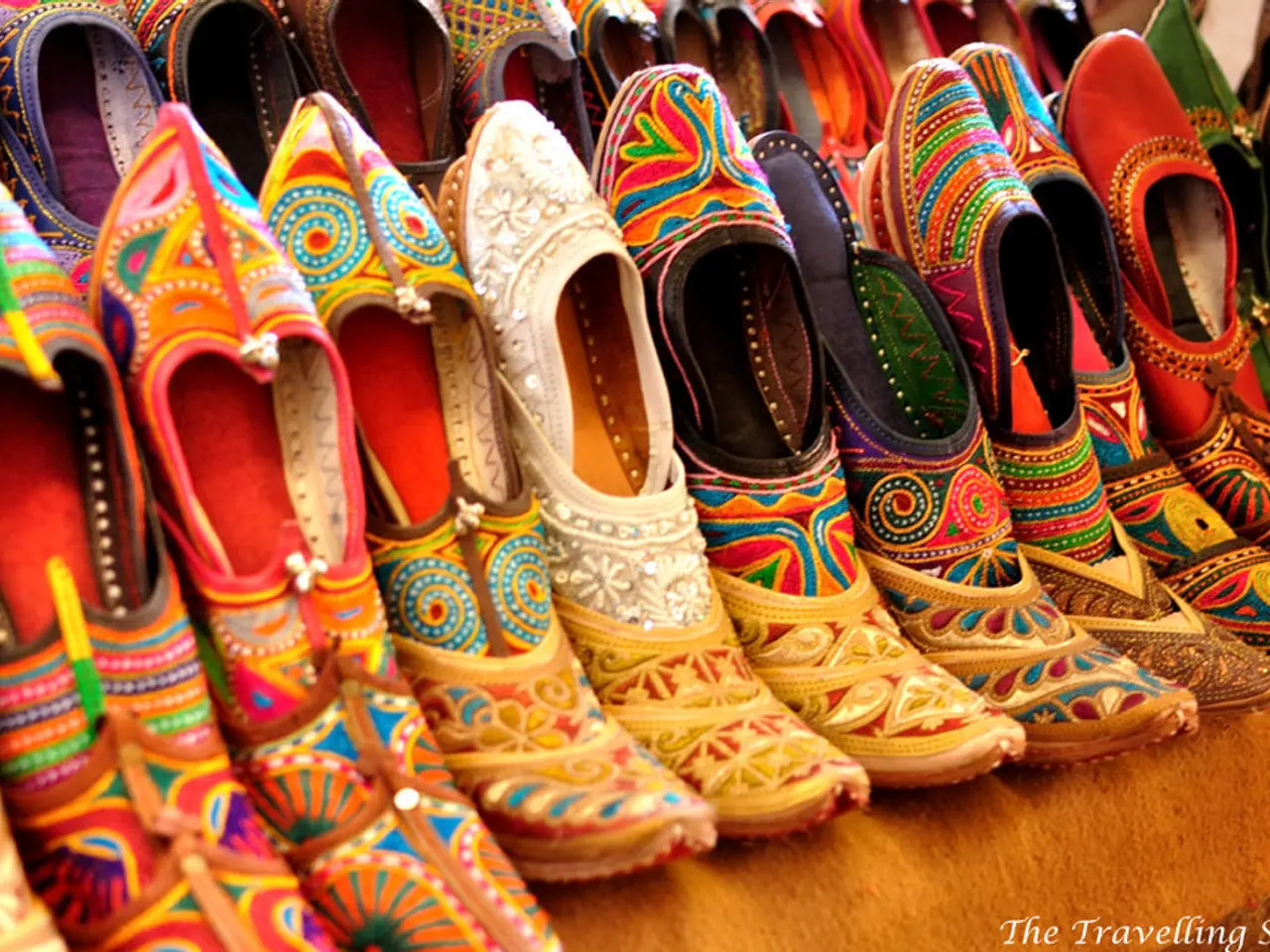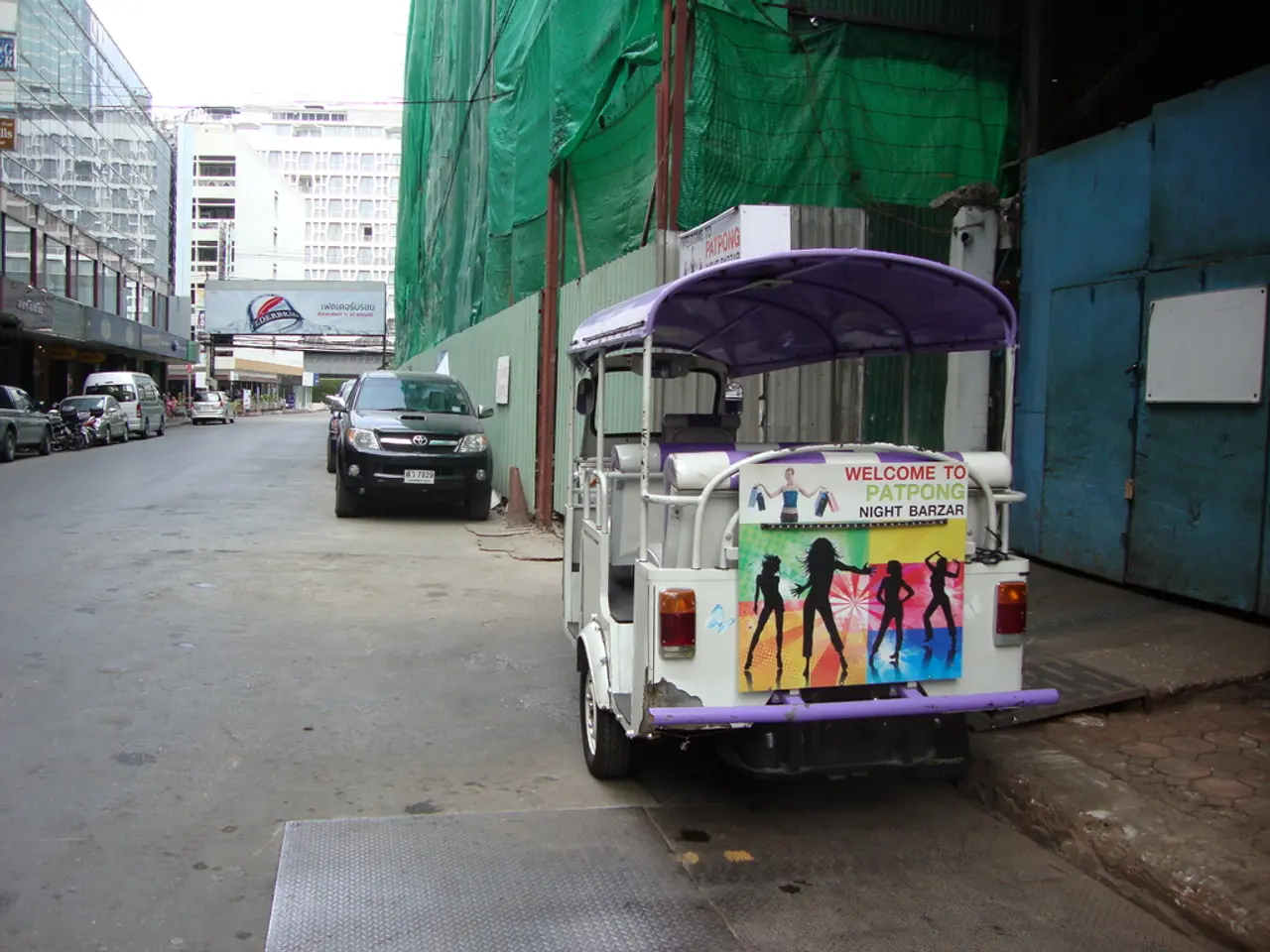Vietnam's leather footwear export industry exhibits robust growth, surging by double digits in the first half of the year.
In a bid to maintain its leading position in the global market, Vietnam's leather, footwear, and handbag industry is undergoing a transformation, focusing on human resource development, digital transformation, and supply chain development.
The sector experienced a significant boost in 2024, with a 10% year-on-year increase in export growth, generating an impressive $26 billion in revenue. Vietnam ranks second worldwide with 1.4 billion pairs exported each year, making it the third-largest producer globally. Notably, footwear exports alone amounted to approximately $12 billion, marking a 10.1% increase.
The US remains the largest importer of Vietnamese footwear, with 2024 export turnover reaching nearly $8.3 billion, a 15.6% increase. However, Vietnam's leather-footwear sector is not immune to global headwinds. To navigate these challenges, discussions at a May conference focused on the opportunities and challenges facing the industry.
Key recommendations for human resource development and digital transformation aim to enhance competitiveness and export market diversification. Emphasis is placed on professional training in marketing and product design as core competencies to shift the sector from contract manufacturing to owning brands and products. International experts specialized in fashion trends, consumer behavior, and product design are proposed for direct training and consultancy in Vietnam to elevate local expertise.
Digital transformation is deemed essential, with improved product traceability and information transparency being key to meeting global consumer and regulatory demands. Smart manufacturing innovations, such as smart cutting and automation solutions, are being applied to improve production efficiency and quality.
Developing a more resilient domestic supply chain is a strategic priority. Specialized industrial parks are being built to support leather and footwear production industries, aiming to reduce dependency on imported materials and capitalize fully on preferential tariffs under free trade agreements. Strengthening supporting industries and R&D efforts to enhance diversification and autonomy in production capabilities is also a focus.
Vietnam seeks $3 billion in U.S. agricultural imports to support sustainable bilateral trade. American brands, including Nike, one of the world's largest sportswear companies, operate production facilities in Vietnam, further strengthening the bilateral trade relationship.
These integrated human resource and digital initiatives will help Vietnam's leather-footwear industry maintain and expand its position as a leading global producer while transitioning toward owning competitive global brands and adapting to evolving market requirements. The ultimate goal is to reduce dependency on imported materials, foster sustainability and resilience in the production process, and align with global supply chains.
Collectively, these recommendations support Vietnam’s strategic growth objectives outlined in its national strategies, aiming for sustainable development, deeper global integration, and market diversification up to 2030 and beyond.
The leather-footwear industry's digital transformation is crucial in meeting global consumer and regulatory demands, with a focus on improved product traceability and information transparency. To compete globally and transition into owning brands, the sector prioritizes professional training in marketing and product design as core competencies.
In maintaining its leading position in the global market, Vietnam's leather, footwear, and handbag industry hopes to reduce dependency on imported materials by developing a more resilient domestic supply chain. Strategic initiatives include building specialized industrial parks to support local production and research efforts to enhance diversification and autonomy in production capabilities.




